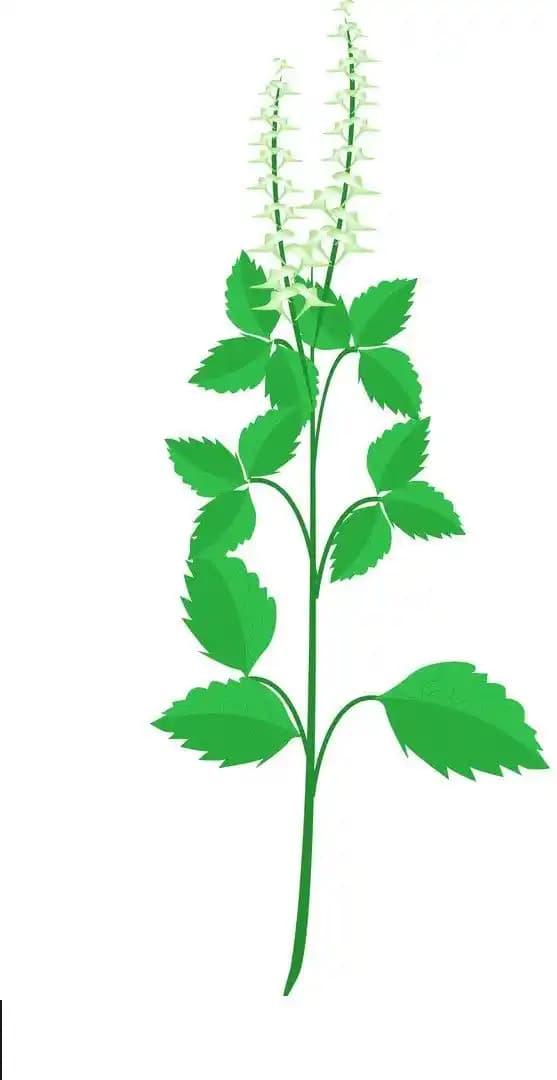
Farmson FB Shyama Black Basil Seeds, Tulsi Seeds, Premium Quality Seeds, Purple Leaves Color
23% Off


| Brand: | Pioneer Agro Industry |
| Product Code: | 2668 |
| Country of Origin: | India |
| Category: | Seeds |
| Sub Category: | Desi Seeds |
| Sub Sub Category: | Tulsi |





No reviews yet. Be the first to review this product!